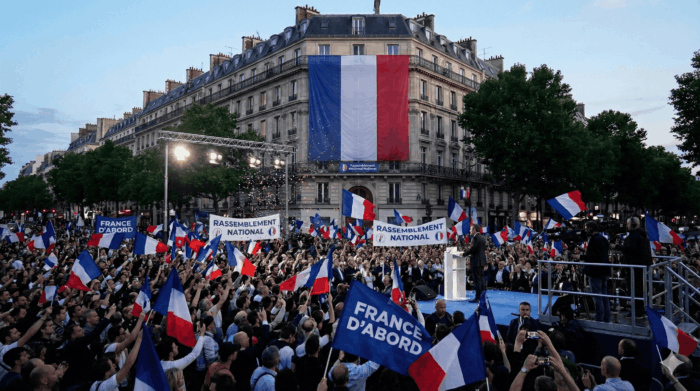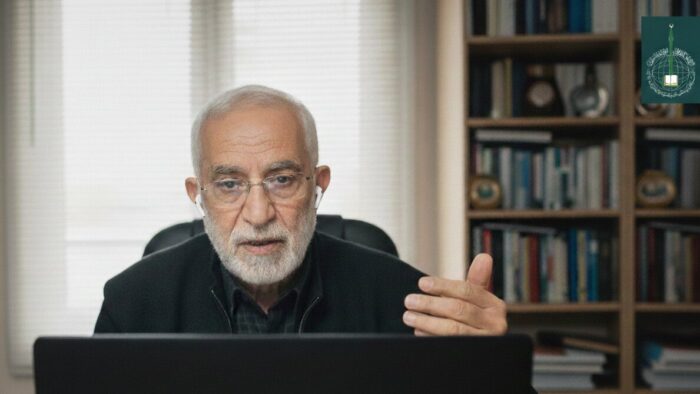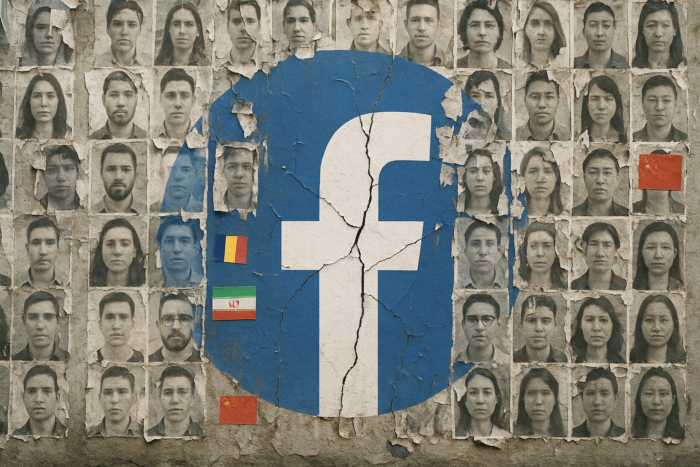China has intensified its disinformation campaigns against NATO Alliance members since the COVID-19 pandemic, with operations now aiming to destabilize, discredit, and weaken NATO countries in the service of its own geopolitical interests. On 11 September 2025, the NATO Parliamentary Assembly released a report examining the mechanics of China’s information manipulation strategy, warning that disinformation emanating from the People’s Republic of China is spreading further and faster than ever before through rapid technological innovations, infiltration of local media ecosystems, and growing cooperation with Russia. The executive summary begins:
Since the COVID-19 pandemic, China has intensified its disinformation campaigns against Alliance members, posing an increasing threat to Euro-Atlantic security. Beyond promoting pro-Chinese narratives and suppressing criticism of the regime, disinformation emanating from the People’s Republic of China (PRC) now aims to destabilise, discredit, and weaken NATO countries in service of its own geopolitical interests. With rapid technological innovations, infiltration of local media ecosystems, and growing cooperation with Russia, disinformation emanating from the PRC is spreading further and faster than ever before. These alarming developments highlight the urgency of bolstering efforts to counter disinformation operations emanating from the PRC targeting Allied populations and institutions along with their image and global interests.
Key Points
- The report highlights that disinformation emanating from the PRC now aims to destabilize, discredit, and weaken NATO countries in service of its own geopolitical interests, going beyond merely promoting pro-Chinese narratives and suppressing criticism of the regime.
- The emergence of new artificial intelligence tools and the popularity of the social media network TikTok are exacerbating the risks posed by disinformation emanating from the PRC, according to the NATO Parliamentary Assembly analysis.
- The draft report examines the mechanics of China’s information manipulation strategy, traces the evolution of Chinese information campaigns, maps out key disinformation actors and their tactics, and provides an overview of policies adopted by NATO and its Allies.
- The report warns that with rapid technological innovations, infiltration of local media ecosystems, and growing cooperation with Russia, disinformation emanating from the PRC is spreading further and faster than ever before.
Chinese Disinformation Operations: Global Influence and Election Interference
Chinese disinformation operations have evolved into massive and aggressive influence campaigns. France’s Military College describes them as employing “Machiavellian” tactics to manipulate Western opinion through a tentacular network of institutions and covert operations. Google has waged an ongoing battle against these networks, with the company terminating 15,876 YouTube channels in the first quarter of 2025 alone as part of coordinated takedowns. Since 2022, over 130,000 China-linked channels have been removed. These channels upload content designed to subtly shift viewer opinions through seemingly legitimate news outlets that embed pro-China messaging.
China has systematically constructed a network of social media influencers operating across Instagram, Facebook, TikTok, and YouTube. These influencers parrot government perspectives to hundreds of thousands of unsuspecting users, with the research firm Miburo identifying at least 200 state-affiliated influencers working in 38 languages. These influencers fall into three strategic categories: “honeypots” are attractive young women whose apolitical content normalizes CCP worldviews. “Peers” are Western voices praising Chinese society and technology. “Veiled” state media reporters conceal their affiliations while attacking democratic systems. Platform labeling of these accounts remains inconsistent, allowing their influence to spread unchecked.
Beyond social media manipulation, China’s military has developed AI-powered “algorithmic cognitive warfare”. This strategy combines mass data collection with social media algorithms to create detailed psychological profiles and enables micro-targeted influence at an unprecedented scale. PLA strategists envision AI-generated, personalized content that leverages recommendation algorithms to maximize individual impact.
Chinese state-sponsored information operations have targeted elections in the Philippines. Tech analysis firm Cyabra found approximately one-third of pro-Duterte accounts on X were fake. These networks amplified propaganda sites and state media while attacking President Marcos, including Deepfake content, which included fabricated audio and video targeting the president. These operations helped pro-Duterte candidates win five of twelve Senate seats in the May 2025 elections.
Similarly, China exploits deteriorating Canada-US relations through sophisticated interference campaigns, positioning itself as a reliable alternative to American “hegemonic bullying,” and the United Front Work Department coordinates extensive networks within diaspora communities. Canadian intelligence warns these operations have become “normalized” and “more insidious.” Taiwan’s National Security Bureau documented the escalating threat with 2.16 million disinformation instances recorded in 2024—a 60 percent increase.
China deploys AI-generated deepfakes, inauthentic account networks flooding comment sections, and fake multilingual websites like the Czech “Bohemia Daily” to guide international opinion against Taiwan. American operations like “Spamouflage” pose as U.S. voters to exacerbate social divisions around immigration and foreign policy.
External References:
— For Beijing’s Foreign Disinformation, the Era of AI-Driven Operations Has Arrived — The Diplomat
— China is pushing divisive political messages online using fake U.S. voters — NPR
— China’s Disinformation Dissemination Patterns in 2024 — GlobalSecurity.org
— China’s Disinformation Campaign in the Philippines — Foreign Policy
— Google removes 15K YouTube channels for China influence activity — Social Media Today
— China quietly builds network of social media influencers to push propaganda — Associated Press
— The Red Wave: How China Weaponizes Disinformation — American Security Project
Disclaimer:
The Global Influence Operations Report (GIOR) utilizes AI throughout the posting process, including the generation of summaries for news items, introductions, key points, and, often, the “context” section. We recommend verifying all information before use. Additionally, all images are generated using AI and are intended solely for illustrative purposes. While they represent the events or individuals discussed, they should not be interpreted as real-world photography.










